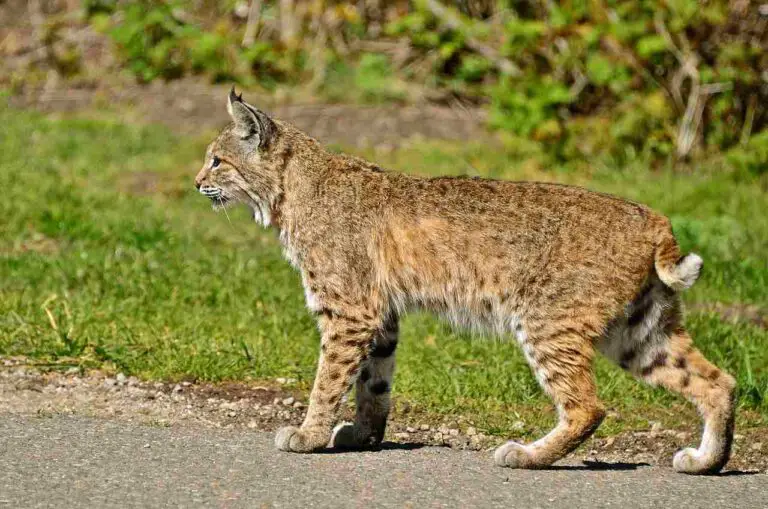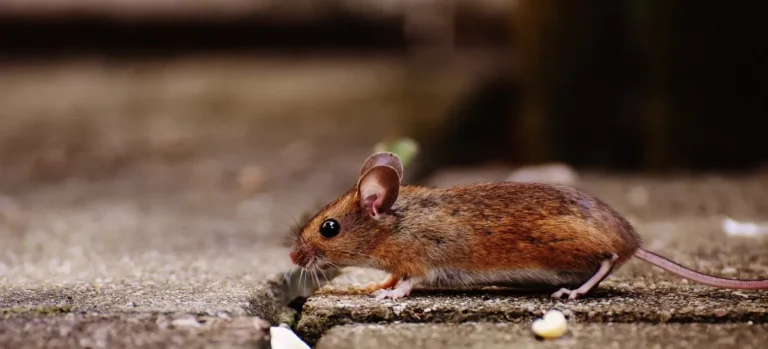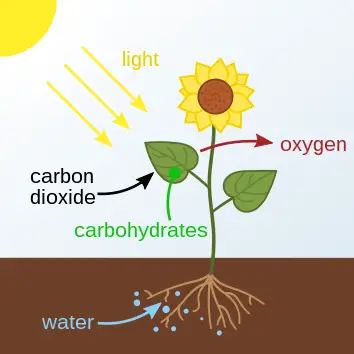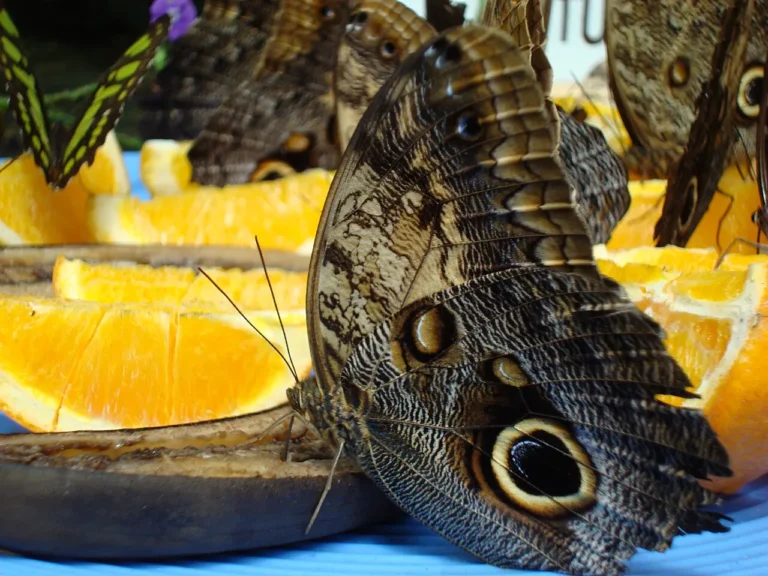2 Types of Organic Farming and Characteristics Explained
Types of organic farming are; pure organic farming, and integrated organic farming.
This article discusses the types of organic farming, their individual characteristics, and their Comparison, as follows;
1). Pure Organic Farming (as one of the Types of Organic Farming)
Pure organic farming is a type of organic farming that attempts to completely eradicate the use of synthetic methods and materials for agricultural production [3].
The principle of pure organic farming is total avoidance of unnatural constituents, and it aims to mitigate all forms of disruption, of the natural processes of the ecosystem.
Pure organic farming depends entirely upon natural resources, organisms, conditions and processes.
For example, the maintenance of the soil in a pure organic farm is controlled by microorganisms, soil natural components, geologic processes like weathering and diagenesis, and biological processes like biodegradation.
Availability of bioenergy and nutrients in a pure organic farm depends on photosynthesis and the natural production and decomposition of biomass which is cycled across all trophic levels of the energy pyramid.
Pure organic farming mitigates environmental impacts like climate change by relying on the sustainability of natural processes and the continuous recycling of greenhouse gases between carbon sinks, carbon sources, and other involved ecological components.
Soil conservation is of great importance in pure organic farming. To conserve soil and optimize fertility, composting is practiced, by which organic fertilizer is produced and used as a soil additive [4].
Water conservation is also a major part of pure organic farming. It is achieved through sustainable approaches to irrigation, and by relying on natural cycles of precipitation and evaporation to supply a significant portion of the water used by crops.
Conservation tillage helps facilitate the conservation of both soil and water in an organic farm; by minimizing soil dehydration, compaction, and leaching. It may be practiced alongside organic mulching, which helps to mitigate soil erosion.
Efforts are made to avoid all forms of synthetic products like chemical fertilizer, pesticide and herbicide, in pure organic farming. This is possible through the use of bio-based chemicals, and biological control methods, in place of such materials.
Avoiding chemicals helps to prevent pollution of soil and water.
In practical scenarios, pure organic farming is best suited for subsistence farming and small-scale agricultural projects. It can be labor and time intensive due to the need for careful maintenance, and may not be easy to sustain for large-scale production.
The products of this type of organic farming are usually of high quality, and uncontaminated by impurities and toxins.

2). Integrated Organic Farming (as one of the Types of Organic Farming)
Integrated organic farming is a type of organic farming that combines ecological and synthetic methods and materials to optimize production while keeping environmental impacts low.
It makes use of Integrated Organic Farming Systems (IOFS), which are multidimensional systems of farming that simultaneously implement various methods to boost yield. In integrated organic farming, multiple agricultural products and projects are often handled, such as crop, livestock, and fish production [2].
Practices of sustainable agriculture that can be included in an integrated organic farming system include crop rotation, composting, mulching, conservation tillage, sustainable irrigation, renewable energy integration, and biological control.
Integrated organic farming is more widely-used, more practical and more common than pure organic farming. It is based on efforts to balance high-yield with sustainability in the agricultural sector.
In integrated organic farming, care is taken to prevent potential losses in terms of production, that could be incurred when a pure organic farming approach is used.
For example, integrated organic farming supports the avoidance of synthetic chemicals, but could use these in small quantities, if it will lead to better yield than purely organic materials.
Recycling is also an essential aspect of integrated organic farming [1]. All forms of waste in an IOFS is converted to useful materials through waste-to-energy methods like anaerobic digestion, pyrolysis, torrefaction, and gasification.
For this purpose, integrated organic farms are often equipped with gasifiers, biorefineries, pyrolytic reactors, digesters, and biofuel-fired power plants.
Such practices make IOF an ideal approach for circular economy, since waste is minimized and used to produce bioenergy and useful materials like biochar.
Tillage and irrigation are also usually implemented on integrated organic farms, although care is taken not to exceed the tolerance of the natural environment.
Integrated organic farming is linked to more recent practices like hydroponics, and is effective for both small and large-scale production.
Pure Vs Integrated Organic Farming: A Comparison
The table below summarizes the difference between pure and integrated organic farming;
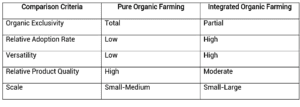
Conclusion
Types of organic farming are;
1. Pure Organic Farming
2. Integrated Organic Farming
References
1). Avasthe, R.; Singh, R.; Babu, S. (2017). “Integrated Organic Farming System with special reference to recycling of crop and animal residues.” National Seminar on Seed Spices for Enhancing Farmers Prosperity and Livelihood Security, Ajmer, India. Available at: https://www.researchgate.net/publication/316880083_Integrated_Organic_Farming_System_with_special_reference_to_recycling_of_crop_and_animal_residues. (Accessed 12 October 2022).
2). Das, A.; Layek, J.; Babu, S.; Devi, M. T.; Dey, U.; Suting, D.; Yaday, G. S.; Banri, D.; Lyngdoh, D.; Prakash, N. (2019). “Integrated Organic Farming System: an innovative approach for enhancing productivity and income of farmers in north eastern hill region of India.” Indian Journal of Agricultural Sciences 89(8):1267-72. (Accessed 12 October 2022).
3). De, L. C. (2019). “21. Organic farming.” Available at: https://www.researchgate.net/publication/335489411_21_Organic_farming. (Accessed 12 October 2022).
4). Khan, M. A. I.; Hera, H. R.; Rahaman, S.; Moni, Z. R.; Hussen, M. A.; Someya, T.; Ueno, K. (2019). “Way of Compost Application for Organic Farming.” Available at: https://doi.org/10.3329/sja.v17i1.42774. (Accessed 12 October 2022).
